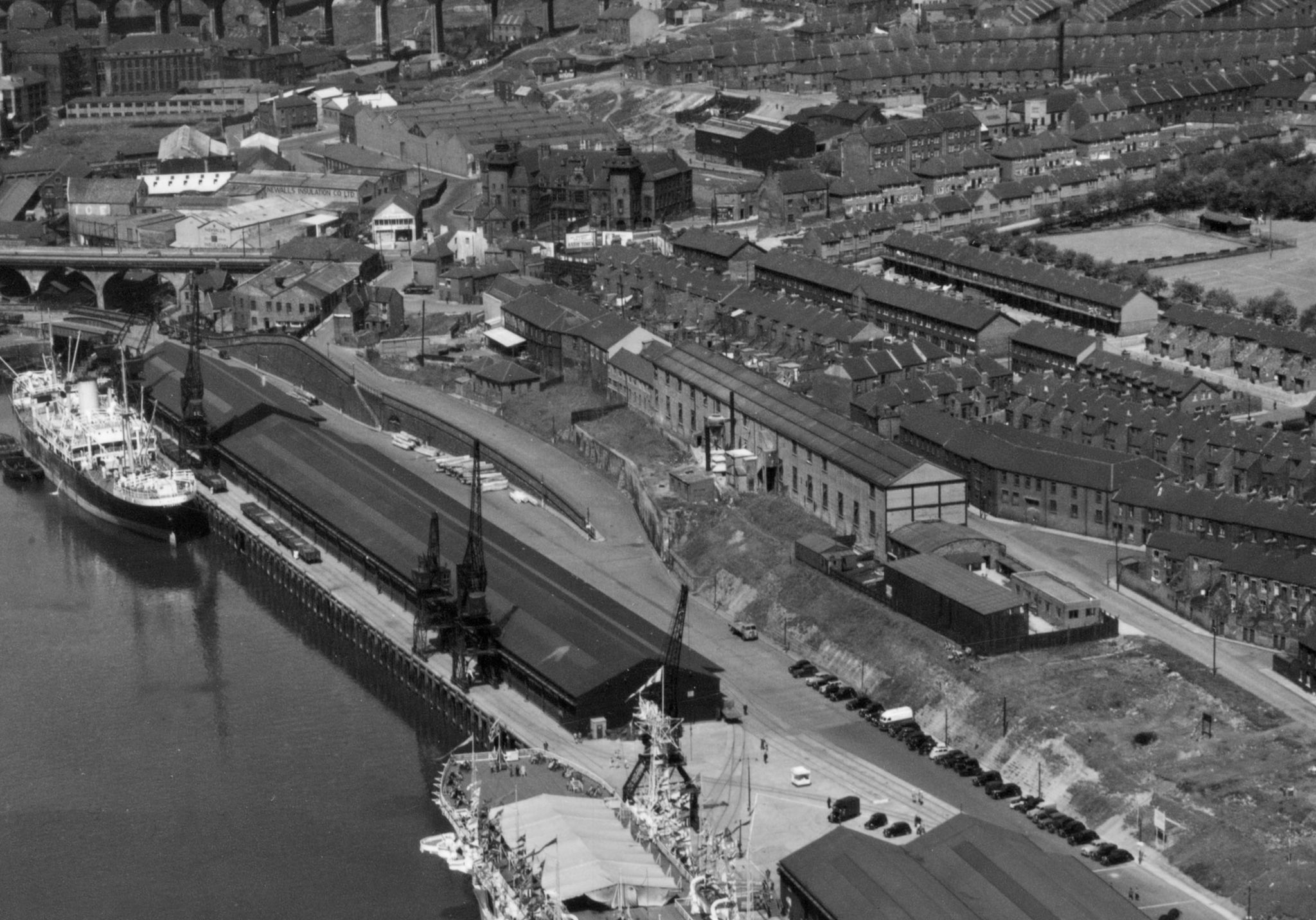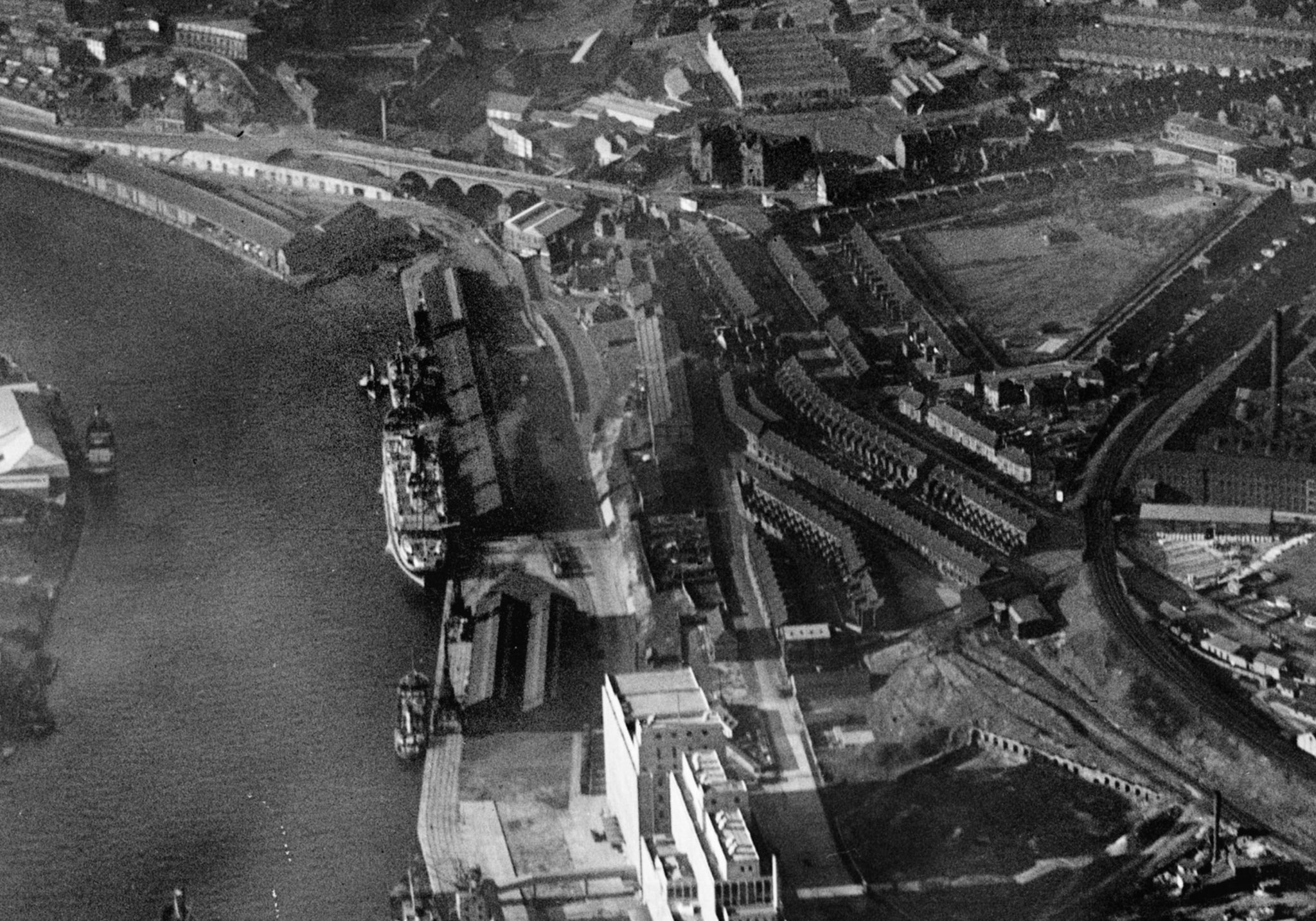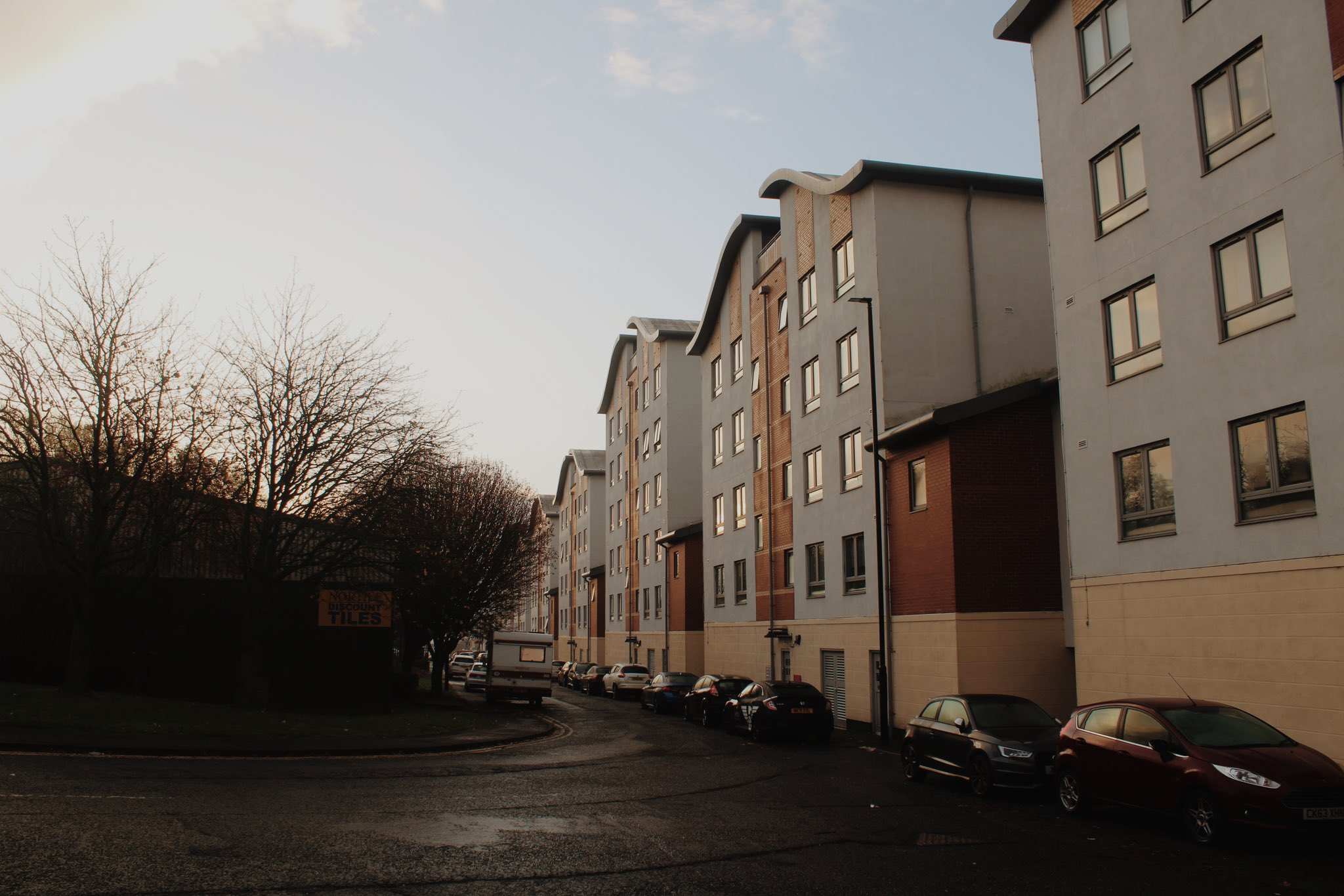
Byker, Newcastle
St Lawrence Rope Works
Last Updated:
7 Nov 2022
Byker, Newcastle
This is a
Ropery
54.969846, -1.584598
Founded in
Current status is
Demolished
Designer (if known):

Now apartments
"A former rope works building interesting not only as a vestige of the rope industry on Tyneside but also for the use of ferro concrete in the early 20th century extension to the building. A 376 foot long building was added to the site for Messrs. T & W Smith Ltd, the roof of which comprises 33 ferro-concrete trusses. The St Lawrence Ropery was established in the 18th century. The earliest extant documentary reference to the rope-walk at St Lawrence dates from 1724. In 1782 the shipbuilding and ropemaking company and T & W Smith started work at the ropery. This ropery appears to have been extended over the sites of the middle and high glasshouses (HER 1913-1915) in the early 19th century. Further minor alterations took place before the construction of a ferro-concrete ropery shed before 1913. The site was acquired by J. Porter in the early 1930s and converted to a joinery shop, in which use it remains. The 19th century ropery buildings to the south east and north west of the site were demolished in the 1940s and 1990s respectively."
NEHL - Wire ropes for the Sydney Harbour Bridge may have been produced at this site on St Lawrence’s Road, Byker. There was a ropery from at least 1724 here, but T&W Smith (who produced the wire ropes) took over the site from 1782 until 1924.
The description above may be slightly outdated, as no industrial activity takes place on this site anymore. There are now fairly modern apartments along the row now.
Listing Description (if available)


Though not strictly illustrated on the first map, the St Lawrence Rope Works can be seen on the Ordnance Survey and the 1896 town plan here. The first, from 1864, shows the area between the lost village of Mushroom and the Ouseburn. It was a hive of industry at this time, featuring chemical works, glassworks, brickworks and a colliery not long before. Little had changed in the next 40 years except a further densification. More commodities were being produced such as soap and glass bottles, and a landing stage was constructed for the ferry. The rope works can be seen enveloping the south side of St Lawrence Road.

The rope works are visible on the 1921 map, though by this time the complex was rebuilt in ferro-concrete - one of the first of its kind. The old glasshouse bridge was demolished, allowing the railway from the quayside to extend down to Mushroom (though the wire rope works probably didnt make use of them at this point).

The wire rope works can be seen on St Lawrence Road. It is fairly unique building on Tyneside at this point, having been built in Ferro-concrete. Source: © Historic England. Aerofilms Collection Historic England Photograph: EAW037006 flown 06/06/1951

An earlier aerial photograph of the rope works from 1938. The same structure can be seen on St Lawrence Road, towering above the wharves below. Source: © Historic England. Aerofilms Collection Historic England Photograph: EPW059920 flown 11/10/1938

The site of the rope works in 2022.
